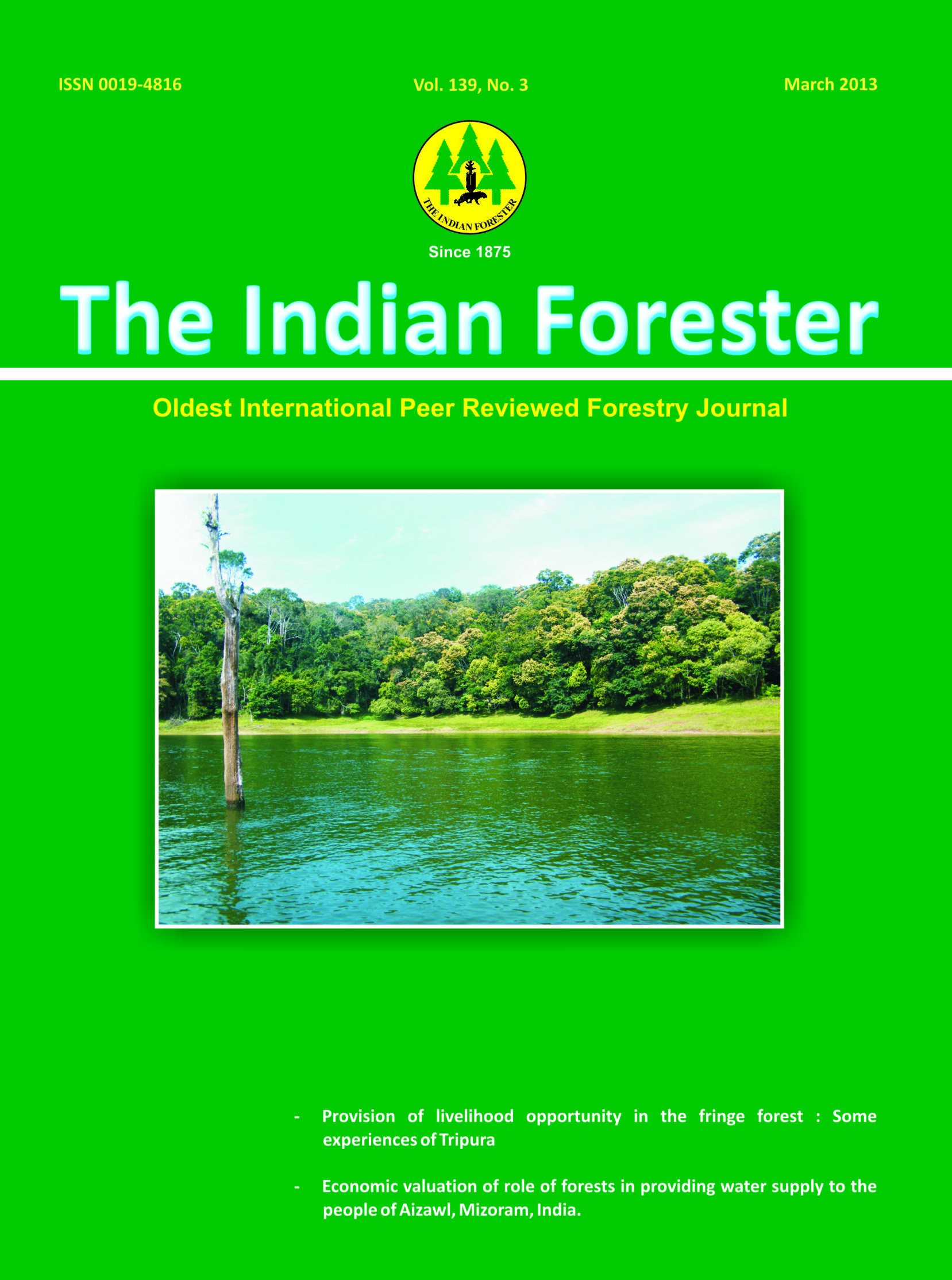Histological Characterization of Embryogenic and Non-embryogenic Calli of Jatropha Curcas L.
DOI:
https://doi.org/10.36808/if/2013/v139i3/31170Keywords:
Embryogenic callus, Totipotency, Vessel tracts, Somatic embryos, In vitro organogenesisAbstract
Two types of callus proliferation namely, embryogenic (E) and non-embryogenic (NE) calli were obtained by culturing 2 to 3 days old leaf of Jatropha curcas L. (Pant Jatropha Selection-II) in modified MS medium supplemented with 2 ppm 2,4-D, and 0.5 ppm BAP. Scanning electron micrographs indicated distinct morphology of cell shape. NE cell shape was tubular and loosely arranged cells. Embryogenic callus comprised nodular or knobby, quite deep embedded and tightly packed cell mass. Histological observations of callus sections revealed that E callus occurred on the surface as well as in the deeper regions of the callus. The abundance of vessel tracts in the callus was consistent with high content of vessel elements, rounded and cytoplasmically dense cells with totipotency. This may imply that nutrients are easily transported via these vessel tracts for the nourishment of growing somatic embryos or leafy structure. The number of vessel elements appeared to be a crucial factor in determining the E and NE calli development.Downloads
Download data is not yet available.
Downloads
Published
2013-03-01
How to Cite
Anjani, Shukla, A., Shukla, A., & Guru, S. K. (2013). Histological Characterization of Embryogenic and Non-embryogenic Calli of <I>Jatropha Curcas</I> L. Indian Forester, 139(3), 244–247. https://doi.org/10.36808/if/2013/v139i3/31170
Issue
Section
Articles
License
Unless otherwise stated, copyright or similar rights in all materials presented on the site, including graphical images, are owned by Indian Forester.





